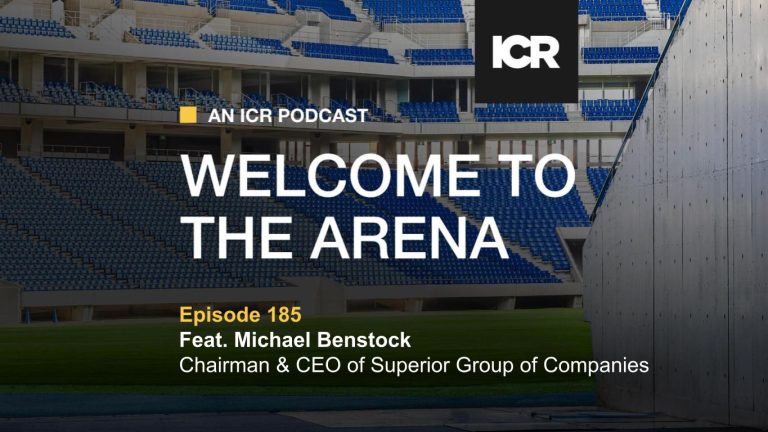Companies in early stages of growth have the most to gain and the most to lose. Scaling their operations is critical to success, and public relations can be a great way to support fundraising and customer acquisition initiatives.
However, there are natural risks involved in spotlighting a company at such an early stage. For instance, promoting a differentiated product, service or new technology may not only invite scrutiny; it can incentivize others to try to replicate a company’s business model. Moreover, a communications misstep during such a fragile stage can severely diminish any goodwill a company has cultivated and scare off potential investors or other partners. The stakes are high, but the opportunity to leverage public relations to drive brand awareness can, and often does, play a critical role in a company’s ability to turn a great idea into a sustainable and successful long-term business.
Shaping Perceptions Early and Often
In advising venture capital firms, we’re often asked whether it makes sense to promote a seed-stage company so early in its lifecycle. While there are numerous factors that may influence our response, in most cases we have found that the benefits of doing so outweigh the risks. For instance, not promoting the closing of a seed round misses an opportunity for a company to deliver key messages to the investment community and introduce its value proposition to other key stakeholders through the media. Even if you don’t always generate immediate coverage, journalists prefer to track companies and products over time, so the investment in early outreach will pay off in the long run.
The seed round is often a pivotal moment when the outside world starts to pay attention to emerging companies, making it a critical time for them to establish and begin defining their corporate narratives to ensure their businesses and key points of differentiation are well understood and properly valued. In short, customers need to understand why a company’s product and solution improves their lives or their business. Investors, on the other hand, will scrutinize a company’s business model, market size, growth potential, and ability to disrupt existing players and fend off competitors, while also paying close attention to the visions, skillset and track record of its founders.
In public relations, the adage is, “If you don’t tell your story, somebody else will.” At the early stages of growth, when founders are fighting for every win, leaving a startup’s corporate narrative to chance is a risk that could result in lasting misperceptions and loss of reputational capital. While some companies have managed to operate under the radar and achieve great success, this is more often the exception than the rule.
When and How to Promote
The great thing about founders — and one of the reasons we love working with them — is that they’re passionate about their vision, and they’re energized and hyper-focused on achieving their goals. While they love to tell their story, the communications function is often deprioritized when they’re not actively searching for new growth capital. This is simply a function of the fact that early-stage companies are lean and employees wear many hats. Moreover, there are often many competing budget priorities.
However, even with a small budget, strategically promoting key events can have an outsized return. With any company — especially those in the early stages — it’s important to demonstrate progress, and there are multiple ways to communicate forward momentum. For example, announcing high-caliber hires reflects that the company is committed to building out the right team to take it to the next level. Early-stage companies can benefit from the halo effect associated with the backgrounds and legacies of accomplished industry leaders. There’s something to be said when a reputable executive joins a high-growth startup.
Progress is also demonstrated with the launch or upgrade of a product, a business partnership, or entry into a new market, and — as noted — the completion of funding rounds. Each of these events serves as a catalyst to tell compelling stories and drive meaningful conversations about the evolution of a business. The venture capital world includes a variety of powerful mediums to tell these stories to the investment community. Moreover, industry-specific publications can appreciate the nuances of a specific business and are best suited to tell stories that resonate with end users. Together, this presents a powerful combination that builds brand and equity value while growing the company’s digital profile.
Securing media interviews and coverage is only half the battle, though. Just as critical is preparing founders to maximize every opportunity with the media through careful preparation and message development. How a founder tells their story to the investment community can be very different from how they tell it to the media. These nuances are critical to understand and can make all the difference when it comes to influencing how external stakeholders think and speak about the company.
The Bottom Line
Done correctly, public relations can have a powerful and positive impact at every stage of a company’s growth. For early-stage companies, the opportunities to capitalize on key moments in their journeys are ones that they will never get back. Accordingly, venture capital firms and their early-stage portfolio companies should align themselves with communications experts to navigate these moments with precision. This will advance business objectives and support fundraising efforts, providing a strong foundation for continued growth.
For a deeper dive into the essential elements of a comprehensive public relations plan, download our eBook, “PR 101: A Guide for Today’s Public Relations.”



